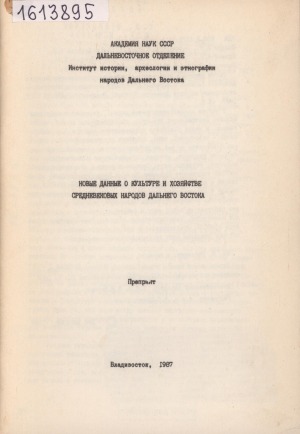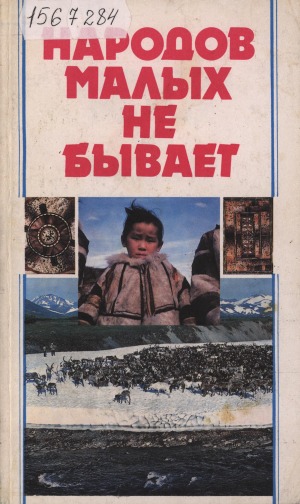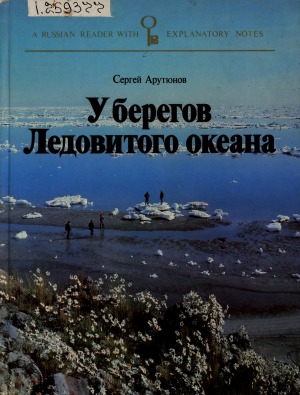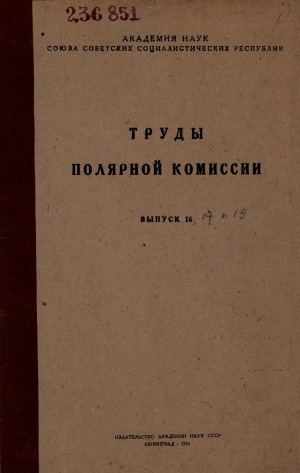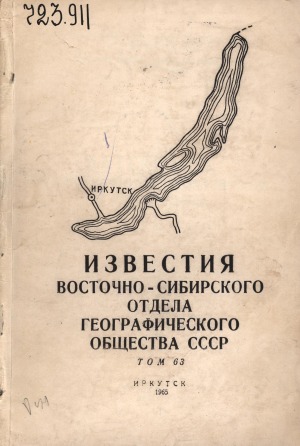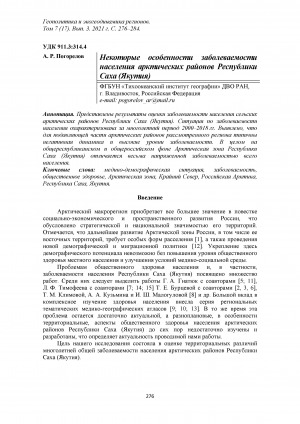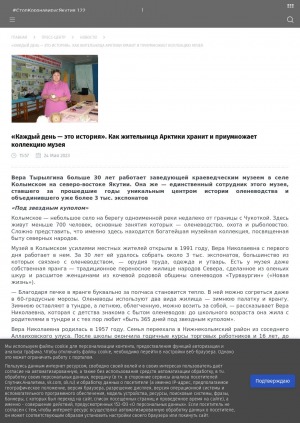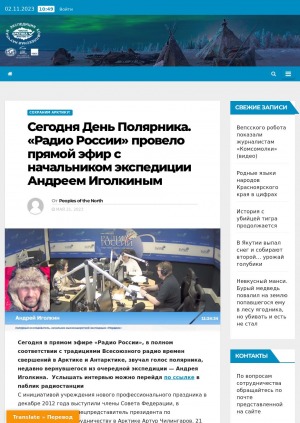Издательство: ДВО АН СССР
Год выпуска: 1987
Количество страниц: 48 с.
Издательство: McGill-Queen's University Press
Год выпуска: 1973
Количество страниц: 300 с.
Издательство: Молодая гвардия
Год выпуска: 1991
Количество страниц: 244 с.
Издательство: Госполитиздат
Год выпуска: 1958
Количество страниц: 190 с.
- Краеведение. Археология. География. Биографии. История,
- КНИГАКАН > Все народы > Эвенки (тунгусо-маньчжурская группа языков) > География. История,
- КНИГАКАН > География. Биографии. История. Археология,
- КНИГАКАН > Все народы > Ненцы (самодийская группа языков) > География. История,
- КНИГАКАН > Все народы > Энцы (самодийская группа языков) > География. История,
- КНИГАКАН > Все народы > Нганасаны (самодийская группа языков) > География. История,
- КНИГАКАН > Все народы > Селькупы (самодийская группа языков) > География. История,
- КНИГАКАН > Все народы > Долганы (тюркская группа языков) > География. История,
- КНИГАКАН > Все народы > Кеты (палеоазиатская группа языков) > География. История.
Издательство: Издательство Академии Наук СССР
Год выпуска: 1934
Серия, номер выпуска: Вып. 16
Количество страниц: 56 с.
Издательство: Книжное издательство
Год выпуска: 1965
Серия, номер выпуска: Т. 63
Количество страниц: 208 с.
Количество страниц: 9 с.
- Общественные науки. Образование > Демография. Статистика. Социология,
- Краеведение. Археология. География. Биографии. История > Общие вопросы. География как наука. Географические исследования,
- НАУКА ЯКУТИИ > КРАЕВЕДЕНИЕ. ГЕОГРАФИЯ. БИОГРАФИИ. ИСТОРИЯ > Общие вопросы. География как наука. Географические исследования,
- НАУКА ЯКУТИИ > ОБЩЕСТВЕННЫЕ НАУКИ > Демография. Статистика. Социология,
- КНИГАКАН > География. Биографии. История. Археология.
The topicality of the study of some territorial aspects of the population disease rate is determined by social importance of public health and human epidemiological protecting. The Arctic regions are characterized by unfavorable natural and medical and social conditions. Therefore, the issue of studying changes in population health and adaptation of the population in the arctic territories is relevant.The results of assessing the incidence of the population of the rural Arctic regions of the Republic of Sakha (Yakutia) are presented. The purpose of this study lies in territorial assessment of some features of morbidity in the Arctic districts of the Republic of Sakha (Yakutia) by administrative districts (uluses).The situation with regard to the morbidity of the population is characterized for the long-term period 2000-2018. Values were established for the population general morbidity for all administrative districts (uluses) of the Republic of Sakha (Yakutia). The final rating is compiled for the studied administrative districts (uluses) of the Republic of Sakha (Yakutia). This rating included four territorial groups on disease incidence rate (very high, high, medium, low).The first territorial group (low incidence) includes Verkhoyansk and Anabar districts (uluses). The second territorial group (medium incidence) includes Eveno-Bytantaysky, Bulunsky and Verkhnekolymsky districts (uluses). The third territorial group (high incidence) includes Ust-Yansky, Zhigansky, Srednekolymsky and Momsky districts (uluses). The fourth territorial group (very high incidence) includes Nizhnekolymsky, Abyisky, Oleneksky and Allaikhovsky districts. The lowest long-term incidence rate is registered in Verkhnekolymsky district (ulus).In all administrative districts (uluses) of the Arctic zone of the Republic of Sakha (Yakutia), there is a negative trend in morbidity. The only exceptions are two districts (uluses), namely the Verkhnekolymsky and Verkhoyansk districts (uluses). A decrease in the incidence rate has been recorded in these districts. The maximum increase in the incidence was recorded in Ust-Yansky and Srednekolymsky districts (uluses).Thus, it was revealed that negative dynamics and high levels of morbidity are typical for the overwhelming part of the Arctic regions of the considered region. In general, against the all-republican and all-Russian background, the Arctic zone of the Republic of Sakha (Yakutia) is distinguished by a very intense morbidity of the entire population. We also found a negative regional situation in the population disease rate by diseases of the respiratory system. Respiratory diseases prevail in the structure of regional morbidity (53.4% of all diseases). Regional respiratory morbidity in 2000-2018 increased by 40.3%. It is necessary to conduct long-term monitoring of respiratory diseases in the Arctic zone of the Republic of Sakha (Yakutia).The reported study was funded by RFBR according to the research project ө 18-05-60103.
Погорелов, А. Р. Некоторые особенности заболеваемости населения арктических районов Республики Саха (Якутия) = Some features of morbidity in the Arctic districts of the Republic of Sakha (Yakutia) / А. Р. Погорелов ; Тихоокеанский институт географии ДВО РАН // Геополитика и экогеодинамика регионов. – 2021, т. 7, N 3. – С. 276-284.
